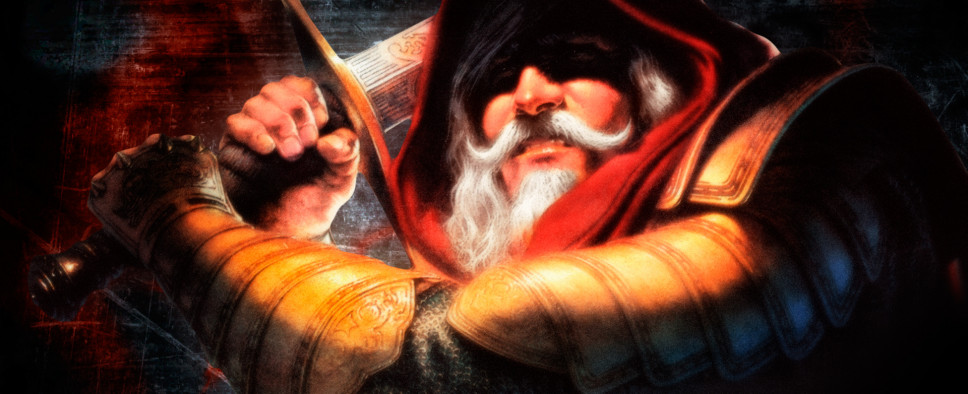Neal Hallford Working on a Remake of the First Betrayal at Krondor Areas
-
Category: News ArchiveHits: 19867

Original Betrayal at Krondor game designer Neal Hallford has explained on his official website that he is working on a free remake of the first areas of the game for Amazon's CryEngine-based Lumberyard engine. Hallford stresses that this free remake can't be turned into a full for-profit project due to IP ownership and contractual obligations, but he also adds that the ultimate objective is to use this as a basis for a new title based on a new IP he owns:
What Is Betrayal At Krondor: Remastered?
Betrayal at Krondor: Remastered (or BAK:REM for short) is an attempt to resurrect the core systems as well as the general look and feel of the hit, award-winning role-playing game Betrayal at Krondor. Using the newly released Amazon Lumberyard Game Engine, I intend to build as much of the original engine as I can with as little outside help as possible, not only as a test of the general usability of this very cool new tool, but also as a self-guided, intensive exercise to refresh some of my level design and scripting skills. As a bonus, fans of the original game get to see what a sequel to BAK might have looked like by fusing elements of the original together with more modern technology.
...
Will Betrayal at Krondor: Remastered Be a Total Remake of the Original?
No. Far from it. My primary focus with this project will be on the reconstruction of the game systems, and to a limited degree, a tiny fraction of the original game content. My plan is only to recreate the first Chapter and the first Zone of BAK, which might only represent 3 or 4 percent of the total content of the original. This should be sufficiently adequate to demonstrate and test the functioning of all the core systems, and will still offer at least a hour or two of gameplay.
Will BAK:REM Be Commercially Released?
No. Let me say this again to make this clear. NOOOOOOOO. This is a not-for-profit, self-educational project. I will never sell anything with the Krondor name on it, or with any of the content based in the Midkemia universe unless otherwise given express permission / license from Raymond E. Feist and Midkemia Press. BAK was in their playground, and they let me play there for a few years.
Why Not Rebuild The Entire Game?
First and foremost because the Midkemian universe doesn't belong to me. Yes, I created a very big corner of it, as well as several characters, and a significant number of chapters in its history, but again, it all belongs to Ray and the good folks over at Midkemia Press. It's one thing for me to be noodling around on a small non-profit project like this, but a full remake (and especially a commercial venture) would be a very big violation of their copyright. I don't like getting sued. Really, I don't. Also, I'm a writer, and even if I weren't worried about litigation, I'd still want to be respectful of Ray's rights. He's been a good guy to me, and I don't want to cause him any worry or irritation.
A more relevant point is that currently, all things Midkemian are tied up, at least in terms of (official) computer games. When Kickstarter exploded a few years ago, a lot of folks suggested that we Kickstart a modernized reboot, and I got hold of Ray to discuss it. Unfortunately he has a contract that ties up the rights to Midkemia as a gaming property for a while, and every time I've run into him since, I've been told the same thing. Legally there's just no recourse to build an official, full remake of BAK at this time. Maybe that will change in the future, but at this time, BAK:REM is as far as I'm willing to venture.
Whatever the future reserves, however, what we'll get in the short term is a look at a slice of what a modernized Betrayal at Krondor could look like, as proven by the video Hallford has published on his personal YouTube channel, which focuses mostly on UI and dialogue:
The 1993 first-person RPG has always been on my shortlist of classic role-playing titles to play, but I've yet to get to it. I suppose I should fix this mistake soon, if nothing else to get an appreciation of the historical context and get a rough idea of the design goals Hallford is pursuing yet again. I suppose being able to see the difference between the same scenes in 1993 and in 2016 is also an additional boon.

